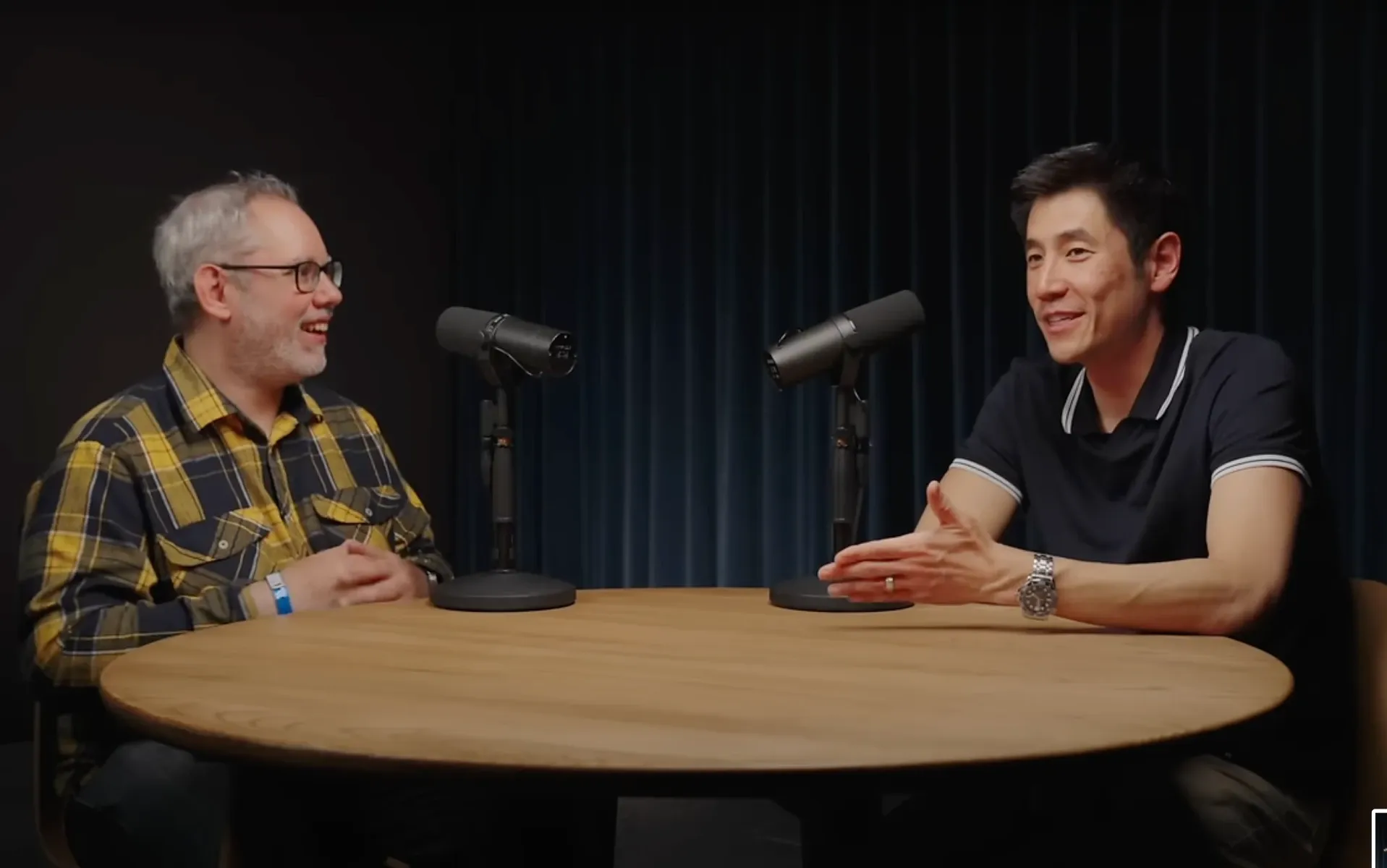YouTube Partner Program explained
YouTube executive breaks down the Partner Program, revenue sharing, and various monetization options available to creators.

Thomas Kim, Director of Creator Monetization at YouTube, recently provided an in-depth explanation of the YouTube Partner Program (YPP) and the various ways creators can earn money on the platform. In a Creator Insider video, Kim shed light on the program's history, current status, and monetization options available to content creators.
The YouTube Partner Program, launched in 2007, has been instrumental in helping creators build sustainable businesses for over 15 years. According to Kim, the program currently includes 3 million channels earning revenue. Over the past three years, YouTube has paid out an impressive $70 billion to creators, media companies, and music partners.
Kim outlined several ways creators can monetize their content through YPP:
- Ad revenue sharing, where creators receive 55% of the revenue from ads on long-form videos
- Fan funding options, including channel memberships and Super Chat
- YouTube Premium revenue sharing
- Shopping and merchandise integration
To join the Partner Program, creators must meet specific thresholds. Initial access is granted to channels with either 500 subscribers, 3,000 watch hours on long-form videos, or 3 million Shorts views. Full access to ad products requires 1,000 subscribers, 4,000 watch hours, and 10 million Shorts views.
YouTube is actively expanding monetization opportunities across different content formats, including Shorts, live streaming, and connected TV. Kim emphasized the platform's commitment to helping creators navigate the increasingly complex monetization landscape through improved education and support.
"The mission is to help creators build businesses," Kim stated, "and when we succeed, you succeed." This philosophy underscores the mutual commitment between YouTube and its creators, which Kim describes as the core of the Partner Program.
The platform is also working to make YPP feel more personal for creators. Kim mentioned plans for exclusive events, recognition, and perks for YPP members, aiming to foster a stronger sense of partnership beyond just financial transactions.
Kim addressed common misconceptions about the program, clarifying that having ads on videos does not influence the algorithm's promotion of content. He also explained that while creators can suggest ad placement in their videos, YouTube's systems ultimately decide where to place ads to optimize viewer experience and retention.
Looking ahead, Kim expressed YouTube's commitment to expanding monetization options, improving creator support and education, and enhancing the personal touch of the Partner Program. These efforts aim to ensure that creators can continue building successful, long-term businesses on the platform.
This explainer video serves as a valuable resource for both aspiring and established creators, offering insights into the mechanics of YouTube's monetization system and the opportunities available through the Partner Program.
Thomas Kim also offered valuable advice for creators looking to succeed in the YouTube Partner Program:
For those aiming to join YPP, Kim emphasized the importance of building an audience first. "Don't think about the money," he advised. "Just make good content that people want to watch." He encouraged creators to find their authentic voice and focus on creating engaging content that resonates with viewers.
Once in the program, Kim stressed the importance of understanding YouTube's policies, particularly regarding brand safety. He noted that while YouTube allows creators to express their creativity, certain content may not be suitable for advertisers. Kim advised creators to be mindful of these guidelines to maximize their monetization potential.
Regarding ad placement, Kim recommended that creators consider the viewer experience when choosing ad break locations. While YouTube's systems optimize ad placement, creators can enhance their content by designing natural breaks where ads can be inserted without disrupting the viewing experience.
Kim also highlighted the importance of diversifying revenue streams. He encouraged creators to explore various monetization options available through YPP, including fan funding, channel memberships, and shopping integration. This approach allows creators to build a more resilient and sustainable income.
Lastly, Kim advised creators to stay informed about new features and updates to the Partner Program. He emphasized YouTube's commitment to providing education and support, urging creators to take advantage of these resources to navigate the evolving landscape of content monetization.

